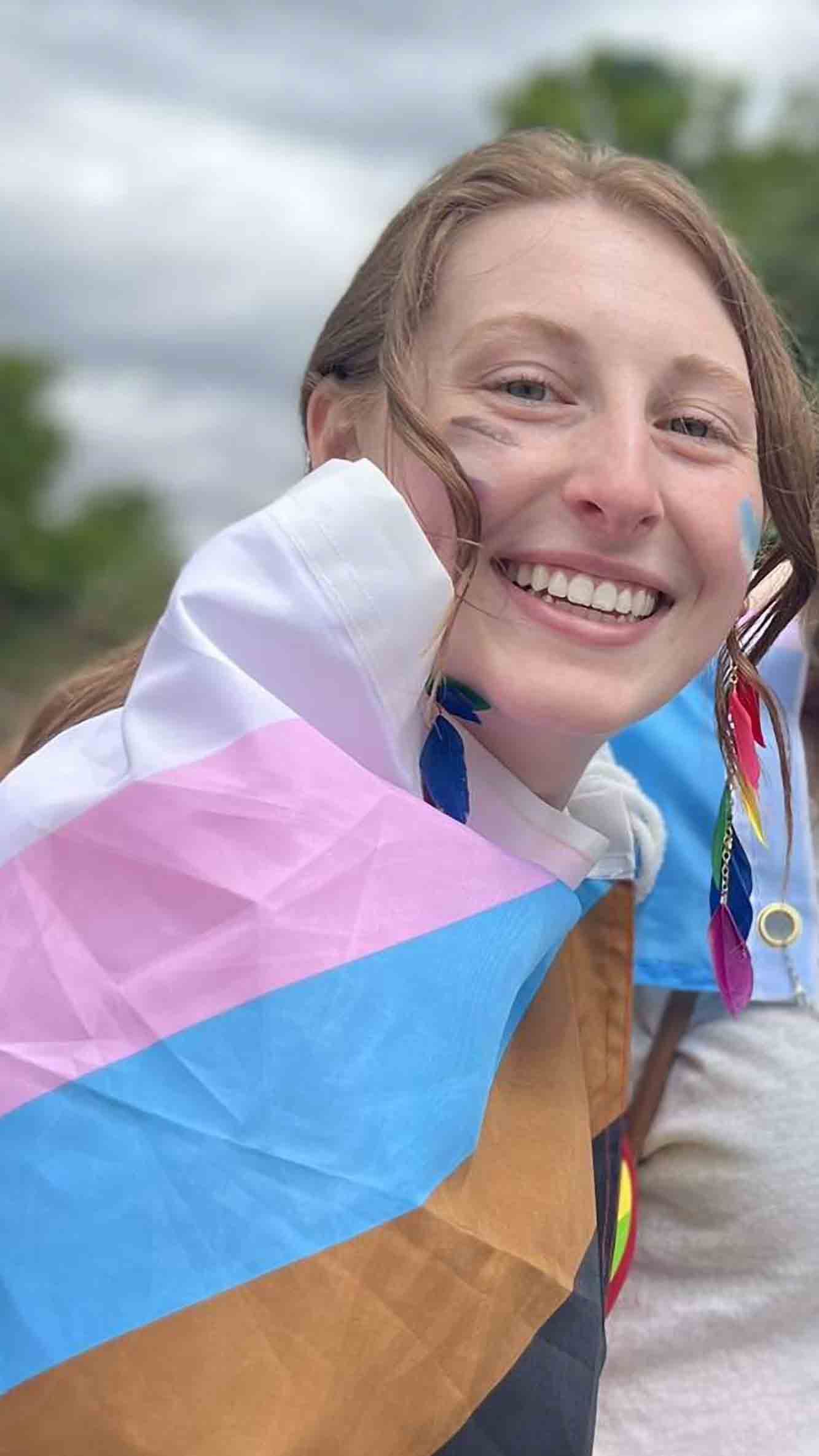Beyond Pronouns: Making Markers Match
 One of MSW student Lauren Wilde’s (she/her) responsibilities at her practicum—a dual
placement at the Utah Pride Center and the University of Utah’s Adolescent Medicine
and Primary Children’s Gender Management and Support Clinic (GeMS)—was helping transgender
and nonbinary folx figure out the process of changing their names and gender markers
on their official legal documents. “Changing your name and markers can be very complicated,”
she explained. “The process can be confusing and inaccessible. The Utah Courts website
uses legal jargon and each legal document has their own process to make the changes
once a petition is granted. It can very quickly become overwhelming and there haven't
been many resources to support the trans/non-binary community in making these changes.”
One of MSW student Lauren Wilde’s (she/her) responsibilities at her practicum—a dual
placement at the Utah Pride Center and the University of Utah’s Adolescent Medicine
and Primary Children’s Gender Management and Support Clinic (GeMS)—was helping transgender
and nonbinary folx figure out the process of changing their names and gender markers
on their official legal documents. “Changing your name and markers can be very complicated,”
she explained. “The process can be confusing and inaccessible. The Utah Courts website
uses legal jargon and each legal document has their own process to make the changes
once a petition is granted. It can very quickly become overwhelming and there haven't
been many resources to support the trans/non-binary community in making these changes.”
Lauren had a variety of experiences that helped her fill that gap for her clients, including coursework she put into action during her practicum. “I loved my practice classes,” she said. “I loved the back and forth of learning things in class, applying it with clients, and coming back to class to talk about how it went.” She continued, “It was also really helpful to come to class and talk about specific issues I was facing with clients and get feedback from my professor and classmates on different things I could try.” Her diversity classes were particularly helpful, too. She noted, “The reflexive courses were directly related to so many of my clients, since I was actively working with the queer community.” In some ways, she felt like she was ahead, because she was working with that population. But she still experienced valuable aha moments over the course of the year. “Even with what I knew about working with the queer community—things like asking for pronouns and using gender neutral language—I still had really valuable moments where I was introduced to different factors I hadn’t considered that could be impacting what my clients were going through.” These moments helped Lauren consider broader cultural and social issues affecting the people with whom she was working.
She quickly realized some systemization would help this process, but one concern kept emerging for her as Lauren continued to work with clients who were changing their names and gender markers … what would clients next year do? GeMS hadn’t ever had a social work student complete a practicum at their clinic before, and there was no guarantee that next year someone would replace her when she was done. Were future clients going to be supported through this process?
Lauren decided to create something that would outlast her time with GeMS and continue to serve clients long after she’d graduated. She put together two guides that walk someone through the process, start to finish:
- Step by Step Guide to Changing Your Name and/or Gender Markers for Adults
- Changing your Name and Gender Marker on your Other Documents in Utah
She included downloadable forms, screenshots of official websites, example text written on forms, links to additional resources, and even a guide for identifying someone’s judicial court. Both guides are available for free on the Utah Pride Center website. “I wanted to create a full step-by-step aid that included as much of the process as possible,” Lauren explained. “Not everyone feels ready to tackle the entire process by themselves, so improving access to resources like this can make a big difference.”
